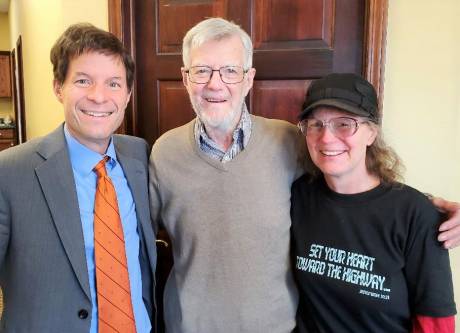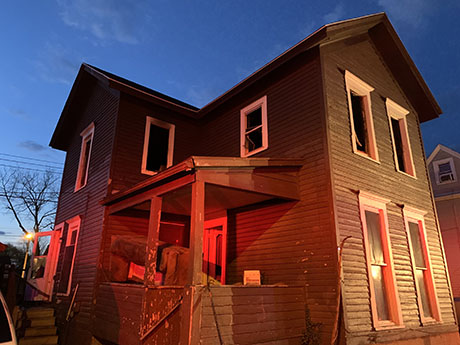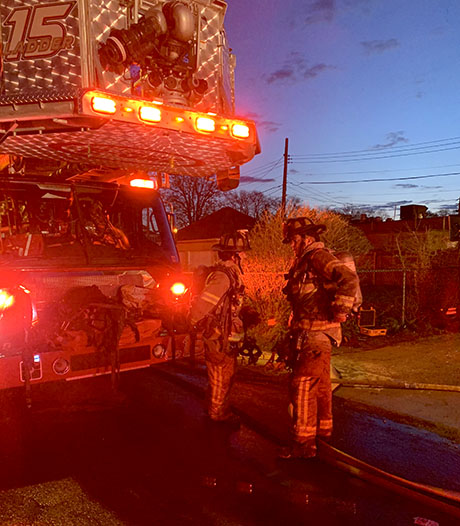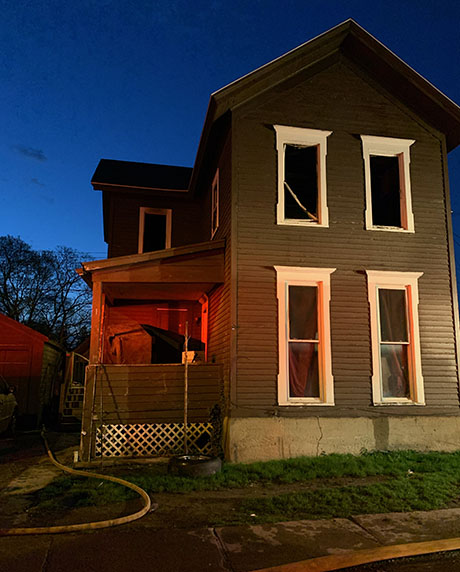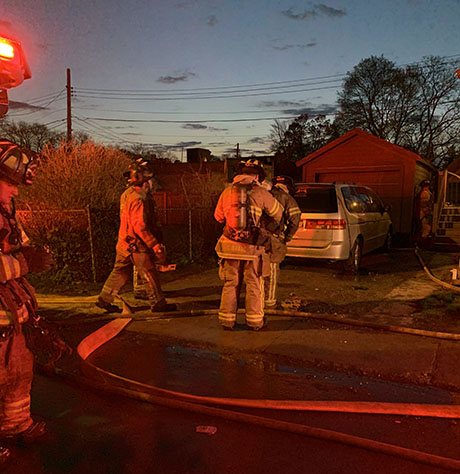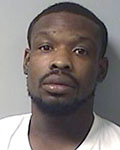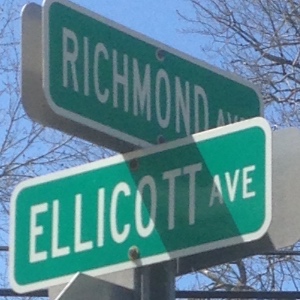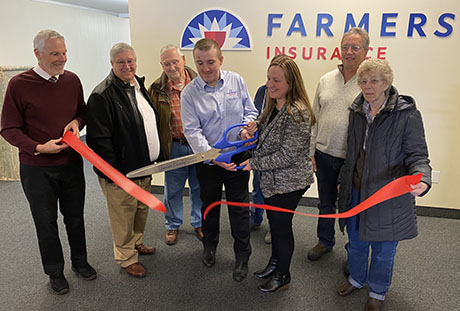In 1802 Joseph Ellicott, the founder of Batavia, and first local agent and surveyor of the Holland Land Company, made his first map of the village.
He divided the area into lots and groups of lots that eventually became streets. Ellicott made lots on both sides of Main Street.
They were commonly called Holland Alleys because he laid them out while acting as agent and surveyor of the Holland Land Company, which owned the village's land.
Most of the city streets are laid out along Holland Alleys. From the west end of the village, on the north side of West Main Street to Jefferson Avenue, Ellicott numbered his lots consecutively with both odd and even numbers.
After Ellicott divided the village into lots and created the early roads, his next step would be to name the roads.
The names may have changed, but Ellicott’s surveying skills can still be seen today.
What we know as East Main Street he named Genesee Street. West Main Street was Batavia Street. Court Street is Court Street today because Genesee County’s first courthouse was located on that street.
There was a Tonawanda Street in Batavia, which today we call South Main Street. Buffalo Street is now Pearl Street. Lyon Street was once known as Brewery Street because Eager’s Brewery was located on the south end of the street. Oak Orchard Street is the present Oak Street.
Bank Street was formerly called Dingle Alley because Cochrane Bell Foundry was located on that street. Vine Street was once known as Cummings Street. Harvester was once called Cemetery Street. The name changed to Harvester Avenue when the Harvester Johnston Company built its factory on that street.
South Swan Street from Ellicott Street to South Jackson Street was formerly called Grand Street. Maple Street was known as Hill Street. The hill where Dr. Ganson built his home today is called Ganson Avenue.
Ellicott Street was known as Big Tree Street not because there were big trees but because it ran to Big Tree, which today is called Geneseo.
The prominent people of Batavia lived along Main Street and on Jackson Street. Some streets are named after them. Streets such as Chandler Avenue, Seaver Place, Tracy Avenue, Redfield Parkway, Bank Street, Mix Place, Harvester Avenue, Wiard Street, Eleanor and Margaret Place, Trumbull Parkway, Pringle Avenue, to name just a few, have some history behind their names.
Ebenezer Mix, an excellent mathematician, became known as one of the best civil engineers in New York State. The frontage of his home was on Main Street from Ellicott Avenue to Oak Street. Today it is called Mix Place. The home with modifications still stands on its original property.
Evans Street was laid out in 1847 and was named after David Ellicott Evans, nephew of Joseph Ellicott.
Tracy Avenue was named after Phineas L. Tracy, a prominent lawyer. He was also a U.S. Representative from New York’s 29th District in 1827 and was a county judge.
Wiard Street is named after Thomas Wiard, a blacksmith and farmer, founder of the business Wiard Plow. His business was located on Swan Street.
Pringle Avenue was named after Judge Benjamin Pringle.
Cone Street’s name came from Nathaniel K. Cone, the county judge who lived on South Jackson Street's north side.
In 1875, Union School, the first high school, was built on School Alley just south of the Batavia Middle School. Today that alley is called Ross Street.
Jackson Street is one of the streets that has retained its original name.
Chandler Avenue was named after Rear Admiral Ralph Chandler. He served in the Navy. He saw action during the Mexican–American War and the American Civil War.
Heman J. Redfield (1788-1877) served in the Army during the War of 1812; he was also a postmaster and a Genesee County district attorney. Redfield Parkway was named after him.
Dean Richmond was a railroad magnate; he was a leader in the movement to consolidate seven railway corporations into the New York Central Railroad in 1853; he served as vice president and president of the New York Central. Richmond Avenue and the Richmond Memorial Library are named after the Richmond Family.
Seaver Place, which no longer exists, was named for William Seaver. He was the author of a book called "Historical Sketch of the Village of Batavia. You can read this book online.
Trumbull Cary played many vital roles in the development of Batavia. He was an early postmaster and served in the War of 1812.
In 1815, Cary was very instrumental in establishing the St. James Episcopal Church. In 1829, he helped finance the creation of the first bank west of the Genesee River, the Bank of Genesee. Cary named Margaret Place and Eleanor Place after his wife, Margaret Eleanor.
John Dellinger came to Batavia in 1855. He built and owned the Dellinger Block and Dellinger Opera House block. Dellinger Avenue is named after him.
We live on Chestnut Street and we are surrounded by Walnut, Maple, Cherry and Elmwood streets.
If you want to learn local history, visit the Genesee County Holland Land Office Museum (HLOM). Information for this article came from the Genesee County History Department and our Batavia City Historian, Larry Barnes.
Photo by Anne Marie Starowitz.




